Sure, the Global Economy Is Challenging Right Now, but These Companies Have Found Ways to Make Their Brand Messages Work Harder to Reach Consumers
Posted by Ann Marie Kerwin on 06.14.10

And MTN is a new sponsor of soccer’s World Cup and U.K. team Manchester United, another one of our hot brands. Man U is a sports team unlike any other, with 333 million fans worldwide. Sponsorship of its shirts offer a unique global media channel.
NEW YORK (AdAge.com) — It’s surprising what you can learn about local marketing from the parochial approach of South African chicken chain Nando’s as it expands into three continents. Or how customer service can be the differentiator that makes an upstart brand like Brazilian airline Azul. Or how to keep your cachet even when moving into second and third-tier markets as Swedish retailer H&M has done in its aggressive global expansion.

 |
| World’s Hottest Brands |
They are among the World’s Hottest Brands, an Ad Age Insights global report that tells the stories of 30 brands succeeding on a global, regional and local level.
The goal was not to create a list of the largest global marketers or rank the brands that contribute the most to their company’s market value — plenty of others tackle those lofty questions. Rather, we sought to chronicle the brands percolating at the local and regional level; sometimes great marketing lessons can happen in your backyard, sometimes halfway around the world.
But talk about a tough time to identify the world’s hottest brands. Categories from banking to automotive to retail were slammed as unemployment went up and consumer spending took a nosedive. Some marketers got by on the brand equity they’ve spent years building, others had to find a way to create demand for their products.
Take, for instance, Banco Hipotecario, which faced an arguably more devastating loss of consumer confidence in 2001. That was the year Argentina’s economy spectacularly collapsed, leaving a legacy of mistrust for all institutions. Over the past two years, Banco Hipotecario set out to win back consumers’ trust through smart marketing. The bank’s ads celebrated the idea of ownership, and reminded consumers why a relationship with a bank is more than a necessary evil.
Auto recovery
Auto brands had an especially tough 2009. But BMW managed to record a late-year uptick in sales, which it attributed to the growing market for luxury autos in China and coupling its long standing tagline, “The Ultimate Driving Machine,” with a new element: Joy.
The two other car brands on the list represent another kind of evolution, finding ways to address environmental concerns. Zipcar promotes car sharing rather than car ownership. The brand claims each Zipcar takes 15 to 20 owned vehicles off the road. And consumers can even choose their cars, reserve them and unlock a Zipcar all from an iPhone app.
The Tata Nano is billed as India’s first “car for everyone.” Costing just $2,000 and only 10-feet-long bumper-to-bumper, the Nano is small, cheap and fuel efficient and could just as easily be billed as a car for the next century. It already has copycats. China’s Geely Automobile, is developing a Nano rival that will cost just $2,144 when it goes on sale in 2012.
While China and India both represent huge untapped markets for many brands, getting products into the hands of customers that live in remote areas continues to be a challenge. Global computer maker Lenovo’s main strength lately is PC sales at home — particularly in China’s third-, fourth- and fifth-tier cities. Opening up distribution there means it now has a potential market of about 700 million first-time computer buyers. Lenovo reaches them through its “PCs for Rural China” program, presenting free films in more than 3,000 villages across China.
Fullerton India Credit Co. had a similar challenge. Small business owners in rural areas were among its best prospects for loans, but reaching them was a challenge as many are cut off from major media. The solution? Go to them. In a program dubbed “Gram Sabha” or “village meeting,” branded vans, which seat 10 to 12 people, were outfitted with a TV and DVD and, most importantly, air conditioning, a luxury in those areas. Potential customers watch 30-minute films about micro-finance. Through this initiative, Fullerton created a base of more than 600,000 customers in the past three years, with 50% categorized as “first-time” borrowers.
Africa
Another region with many consumers in remote areas is Africa. But thanks to mobile phones, people formally cut off from internet and telephone services are now plugged in. MTN, South Africa’s telecom, is riding this wave of mobile adoption. In 16 years, it’s grown into the world’s 11th-largest global mobile brand, with 116 million subscribers. In the most remote parts of Africa, it has become the de facto banker, a leading source of agricultural and health-care information and a go-between for trade among farmers. And MTN is a new sponsor of soccer’s World Cup and U.K. team Manchester United, another one of our hot brands. Man U is a sports team unlike any other, with 333 million fans worldwide. Sponsorship of its shirts offer a unique global media channel.
Technology, of course, is inescapable today, which is why four internet companies made the list. Facebook, with 450 million members accessing the site in 70 languages, is truly a global brand. Even with complaints about its privacy policies ongoing, there’s no denying Mark Zuckerberg’s site changed the way marketers communicate with consumers. China’s Tencent Holdings is the company behind QQ.com, an instant messaging service with 522.9 million active user accounts, and Soso.com, a search engine poised to explode now that Google has withdrawn from China. Major marketers such as Procter & Gamble and PepsiCo have already tailored campaigns for QQ.
Latin America’s MercadoLibre is akin to the U.S.’s eBay, and has 42.6 million registered users. One of MercadoLibre’s remarkable achievements is how it introduced e-commerce in Latin America, a place where even face-to-face commerce is mistrusted. Europe’s e-commerce powerhouse, Asos, was really an afterthought. In 2000, Nick Robertson noticed a demand for information about celebrities’ choice of clothing. So he set up a site — As Seen On Screen — that pictured famous people and listed exactly which brands they wore. Mr. Robertson hoped to make money from ads. But he soon decided Asos would actually have to sell the clothes to make money. Now it not only sells the labels celebrities wear, it’s got its own Asos label as well.
Natura, a Brazilian cosmetics company, has both sustainability and social networking at its core, and it was early to both trends. One of the company’s founding principles is that people and the environment are interconnected. Its sales strategy also takes a cue from how consumers are connected to one another, as Natura is the largest direct-sales company in Brazil. It’s now establishing retail locations and looking to take its brands global.
Retail was another challenged category, but the four retailers included in this list — H&M, Ikea, Tesco, and Uniqlo — each figured out how to make their operations work across borders, no easy feat. They also share a similar brand promise: quality goods at lower prices.
While it’s hard to argue or beat a brand premise that promises the best product and the best price, some brands manage to get consumers to pay more because of an inherent good associated with their name. Brazil’s Havaianas has taken the lowly flip-flop and turned it into a fashion sensation. Nike, likewise, has surrounded its athletic shoes and apparel with an aura of excellence by aligning with top athletes. It then takes those alliances and does innovative and extraordinary marketing around them, like the Chalkbot it built for Lance Armstrong’s return to the Tour de France. China’s Li Ning is studying Nike and building its very own aura. The company was founded and named after China’s most famous Olympian, but now it’s aligning with top Chinese and American athletes and even opened up a store in Nike’s hometown of Portland.
Planning expansion
Another brand from Asia is deliberately staying local, but by doing so, it is outselling package-goods giants Procter & Gamble and Unilever in its home market. Shiseido’s hair-care brand, Tsubaki, a line of shampoo and conditioners that use red camellia flower oil as a key ingredient, was pitched as more effective for Japanese women’s hair. Sales soared.
Tim Hortons is a beloved brand in its home country of Canada. Started as a coffee and donut shop by hockey legend Tim Horton, the chain today has 3,015 shops in Canada and can claim 40% of that country’s quick-service market. With 527 U.S. locations, it’s now eyeing how to move further afield.
As it looks to expand, Hortons may want to study what South African brand Nando’s has done. The chicken restaurant can be found in 35 countries, including Canada. While it has yet to put in a global branding campaign, it has established a consistent identity of cheekiness. Each region is told to “be parochial” and use local references in its marketing. By playing off current events, Nando’s stays topical and top of mind.
Other brands made the list because they hit with just the right product at the right time. Nintendo Wii, with its sensor-motion technology, transformed the video gaming space. The founder of JetBlue left that company and moved to Brazil, where he noted a definite gap in airline service that he could fill with Azul. The Economist has been around for 167 years, but its presentation and packaging of world events seems to work just as well today.
If you want to be a global brand and save the world, follow Pampers’ lead. Procter & Gamble teamed with UNICEF for the “one pack equals one vaccine” program, and transferred its child development brand attribute to the developing world.
The promise of branding is that it can take a commodity product and imbue it with qualities that make consumers choose it over any other. That’s not a new idea, but it is always heartening to see it really work. Argentina’s Mama Lucchetti brand of pastas and soups got a makeover by agency Madre, Buenos Aires, and sales took off. A catchy jingle, cute animated characters, and a great consumer insight add up to a near perfect case study in branding.
And for a master class in global branding, see Coca-Cola and McDonald’s — two megabrands that don’t take anything for granted, reinventing and refreshing as they go to maintain worldwide dominance.
Despite economic downturns and increased competition, the power of a well-managed brand endures.
originally published in Adage – http://adage.com/globalnews/article?article_id=144404
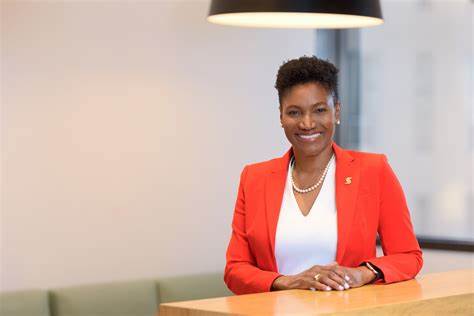
 Businessuite Markets3 weeks ago
Businessuite Markets3 weeks ago
 Leadership Conversations4 weeks ago
Leadership Conversations4 weeks ago
 Businessuite News246 days ago
Businessuite News246 days ago
 Corporate Feature6 days ago
Corporate Feature6 days ago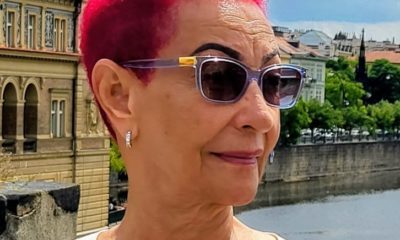
 Businessuite Women1 week ago
Businessuite Women1 week ago
 Business Insights3 weeks ago
Business Insights3 weeks ago
 Businessuite News24 International6 days ago
Businessuite News24 International6 days ago
 Businessuite Markets1 week ago
Businessuite Markets1 week ago




 In 2018, he founded
In 2018, he founded 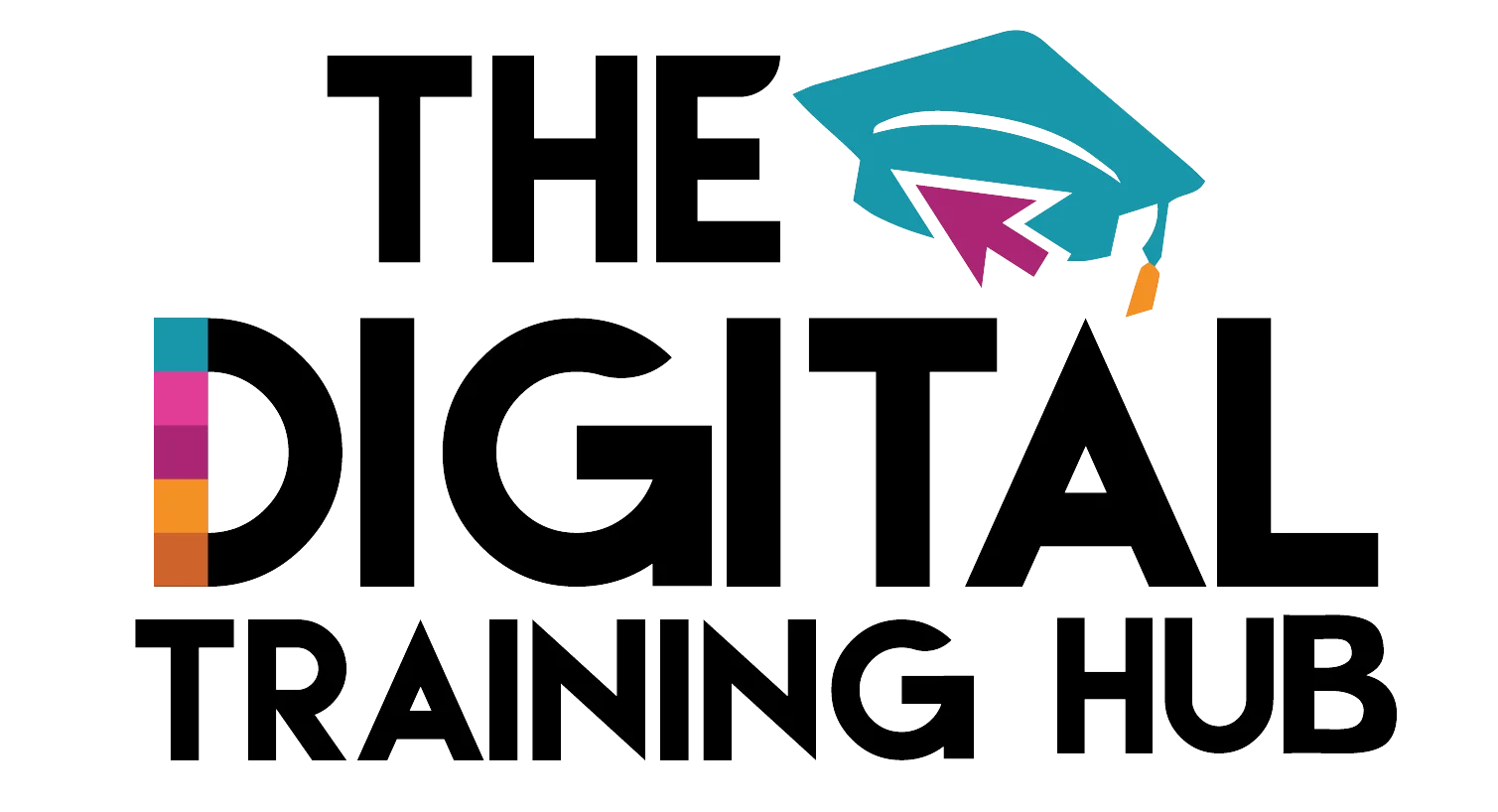 Building on that mission, he launched
Building on that mission, he launched 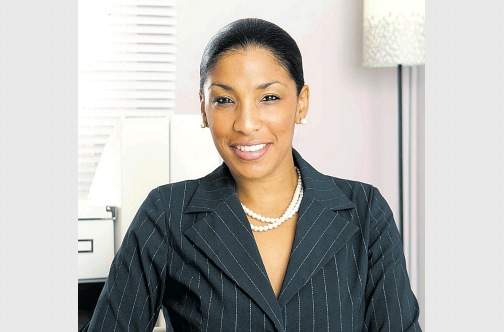
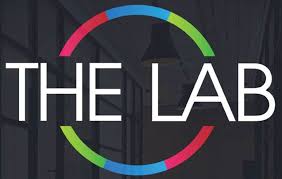 For the period under review, the Group’s consolidated balance sheet remained sound with a stable cash position, providing the financial flexibility to support ongoing operations and strategic initiatives.
For the period under review, the Group’s consolidated balance sheet remained sound with a stable cash position, providing the financial flexibility to support ongoing operations and strategic initiatives.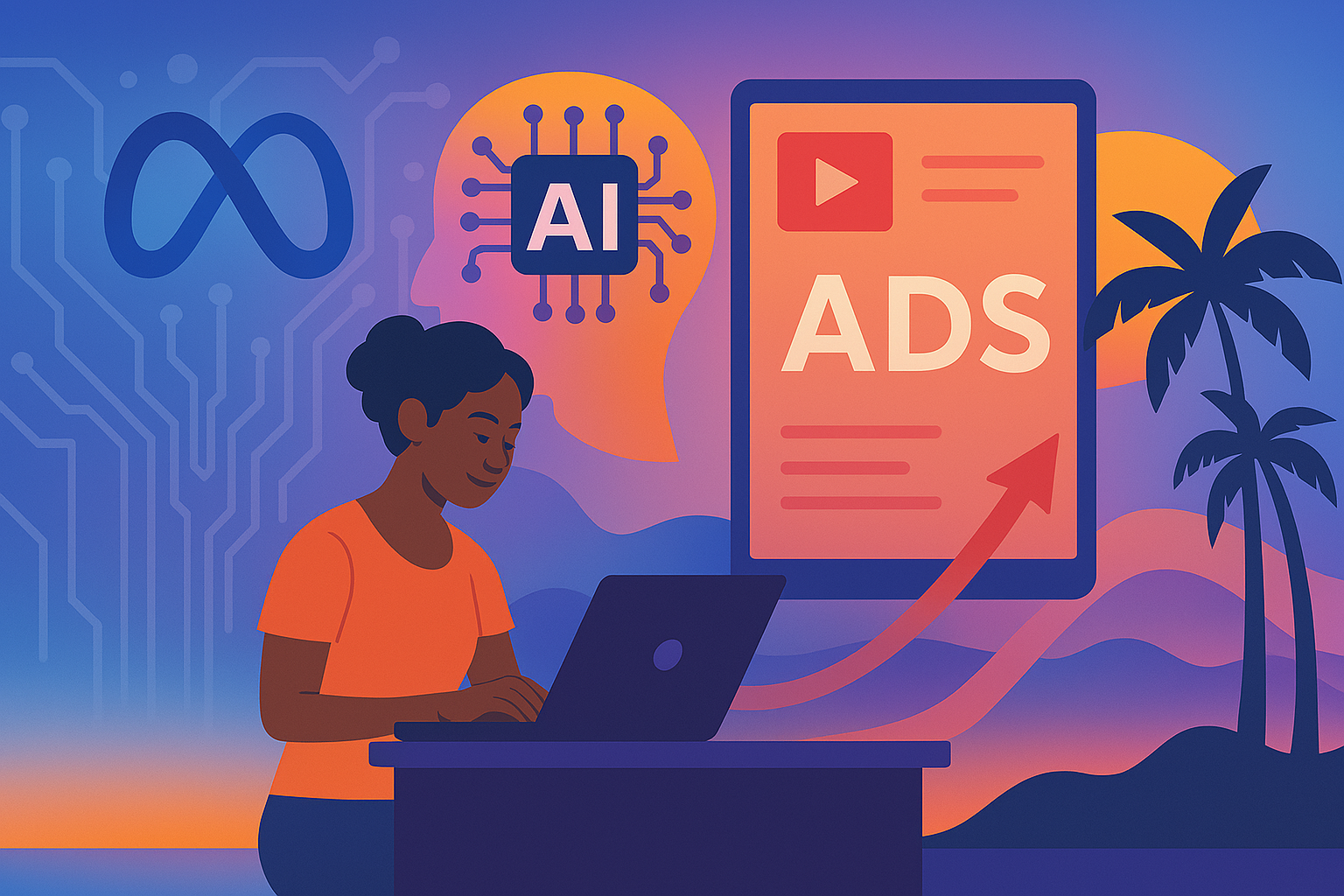
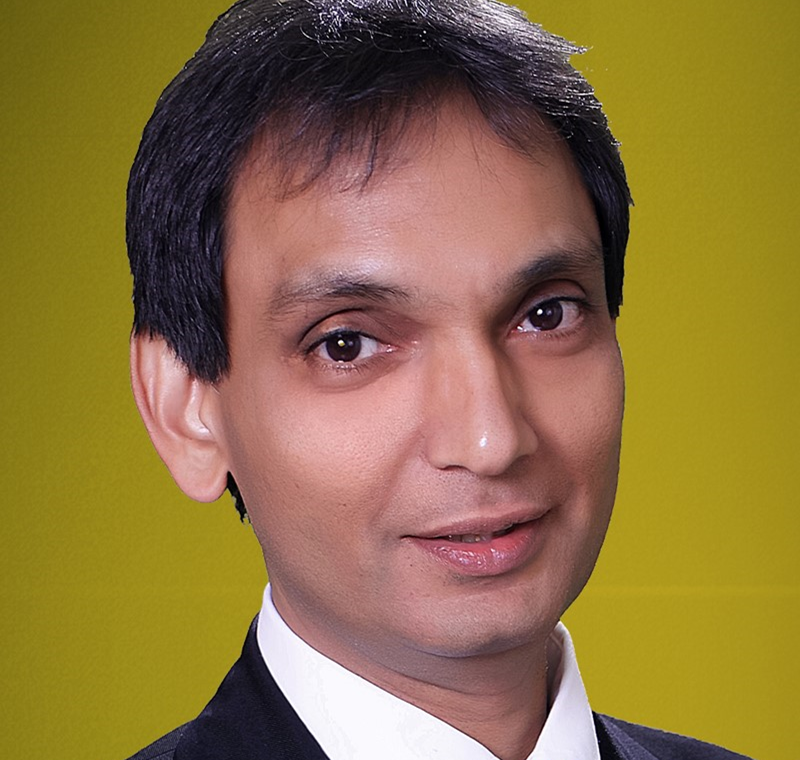
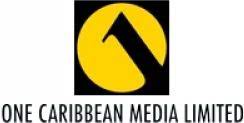 The OCM Group for the year ended December 2024 reported Revenues of TT$301M / US$44.3M (2023: TT$318M / US$46.8M) and a NPBT and impairment of TT$17.1M / US$$2.5M (2023: TT$37.2M / US$5.5M).
The OCM Group for the year ended December 2024 reported Revenues of TT$301M / US$44.3M (2023: TT$318M / US$46.8M) and a NPBT and impairment of TT$17.1M / US$$2.5M (2023: TT$37.2M / US$5.5M).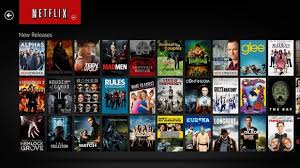 The LAB is strategically positioning itself to harness the escalating global demand for diverse and high-quality content. With major streaming platforms, including Netflix, projected to invest $18 billion in content in 2025—an 11% increase from 2024—the appetite for fresh storytelling is evident.
The LAB is strategically positioning itself to harness the escalating global demand for diverse and high-quality content. With major streaming platforms, including Netflix, projected to invest $18 billion in content in 2025—an 11% increase from 2024—the appetite for fresh storytelling is evident.




